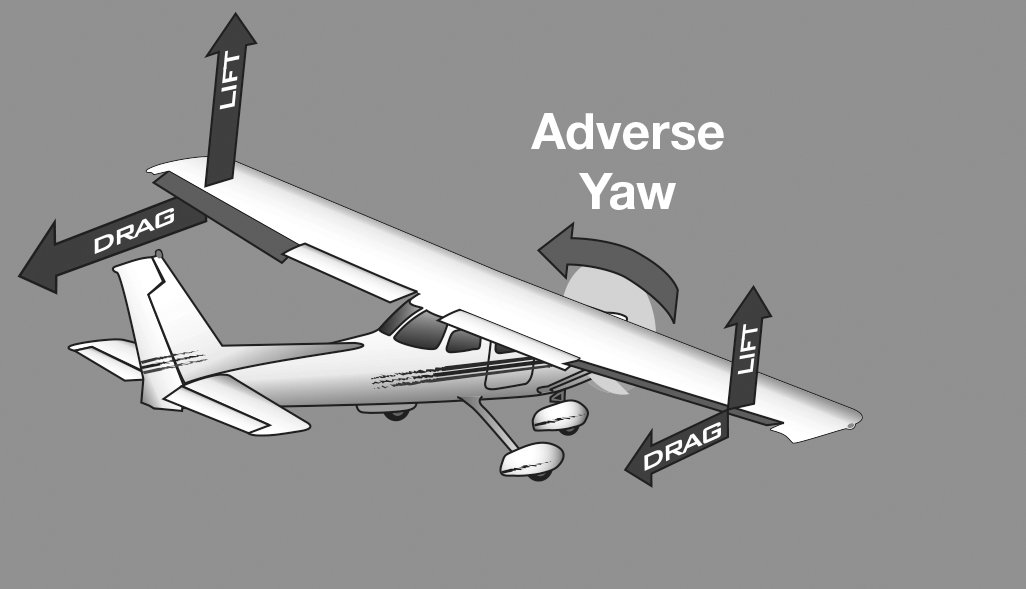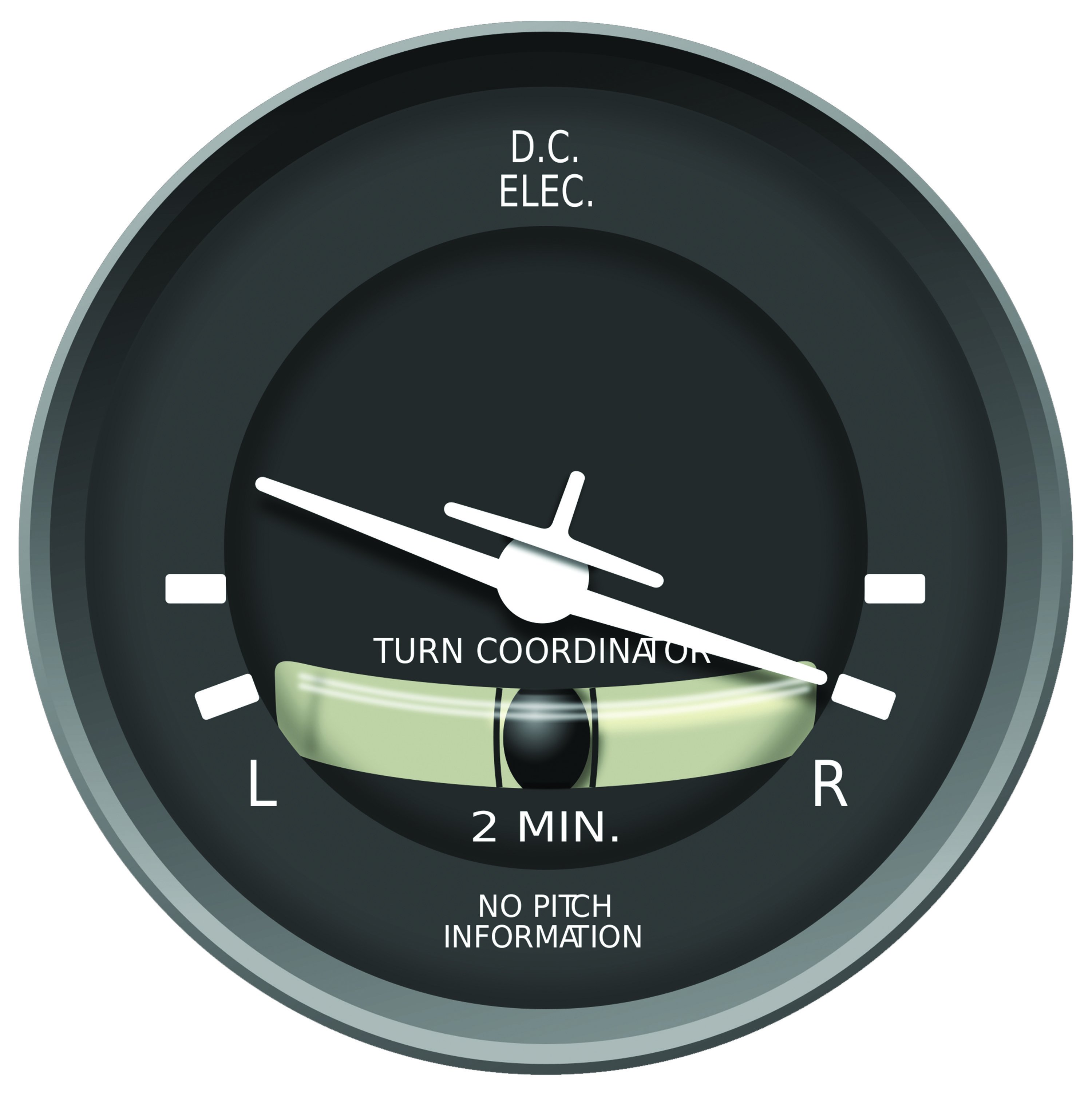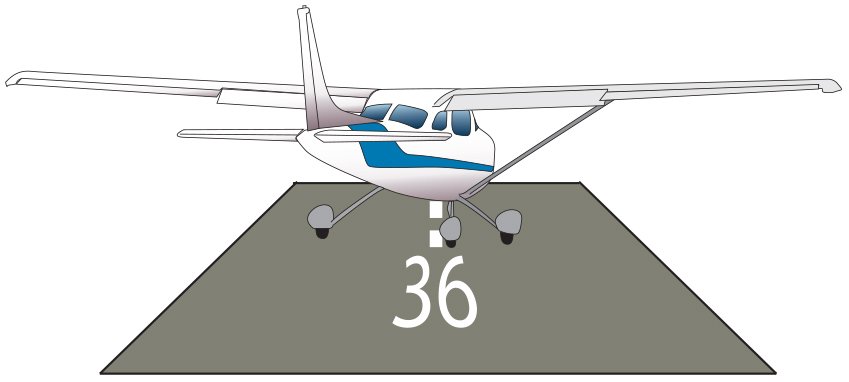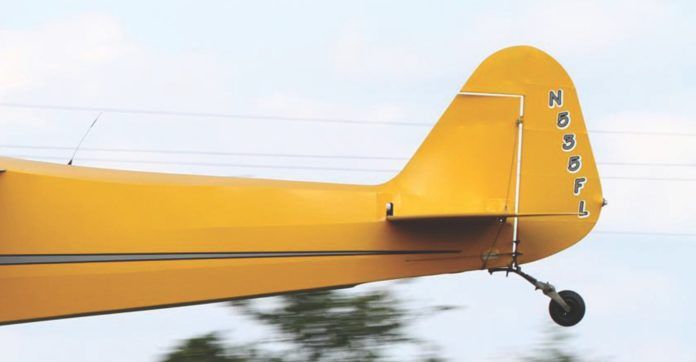If you spend much time hanging around a traditional FBO, chatting with its denizens, it won’t be long before the topic rolls around to using an airplane’s rudder. The discussion will evolve to include how pilots trained on tricycle gear airplanes—i.e., most of them—don’t use the rudder enough. An old-timer will chuckle and tell a sad tale about some hapless pilot who ran over a runway light during a crosswind landing. Others will earnestly caution that flying a taildragger without a thorough understanding of how to use the rudder will quickly result in a groundloop. An instructor will dish about a student whose every stall demonstration almost turned into a spin.
There are kernels of truth in these stories, but much of the discussion’s real value is entertainment. Many of these tales originated in a time when now-vintage airplanes were newer and their characteristic adverse yaw resulting from aileron deflection rewarded timely rudder inputs and highlighted leaden feet. Over time, Darwinian selection of airplanes—and their pilots—has brought us to the point where rudder use in a modern airplane is ubiquitous under most conditions because there’s so little of it needed in normal operations. Exceptions prominently include runway operations, slow or maneuvering flight, crosswinds, any kind of aerobatics and the aforementioned taildragger (especially on the runway). So it shouldn’t be a surprise when active yaw control becomes necessary. But it often does. In fact, a classic loss-of-control accident sequence involves slow flight and/or low-level maneuvering to the point where the wing’s critical angle of attack is exceeded. Keeping the ball centered when the stall occurs helps prevent a spin and gives us a fighting chance to recover.
Pivoting On A Point
Along the way to a certificate, every student pilot eventually comes to understand that the rudder is used to control yaw about the airplane’s center of gravity, that it’s useful in keeping the airplane’s nose pointed where you want it and that it’s most often used to ensure the quality of a maneuver. If they think about it some more—or have it specifically pointed out to them—the rudder isn’t used much in cruise flight, except maybe when turbulence is encountered. Pilots have demonstrated for years that they can put their feet up or keep them flat on the floor in well-trimmed straight-and-level flight and ride quality won’t suffer much.
At lower airspeeds, when landing or taking off, and when maneuvering, the picture changes. We need those feet on the rudder pedals as we slow down to manage the airplane’s increased tendency to yaw when its instability grows as control surfaces lose their effectiveness. That reduced effectiveness translates into requiring greater control surface deflection to achieve the same change in the airplane’s attitude at relatively low speeds. As noted, this should not surprise a pilot, but it often does.
Controlling yaw is one thing; sensing it can be quite another. Gone are the days when a typical airplane always displayed its most sensitive yaw characteristics through the seat of one’s pants. To compensate for this loss of perception, basic instrumentation evolved to include an inclinometer, which is stone-simple to interpret: just step on the ball. A piece of string taped to the base of the windshield—helpfully referred to as a yaw string—can tell us the same thing: The airplane is yawing, if we care to do something about it.

When Yaw Is Likely
One of the times we can expect to need to control yaw is when turning. Part of the reason is adverse yaw. The diagram at upper right provides greater detail, but the gist is that aileron deflection generates some measure of a yawing moment opposite the desired direction of turn. This is in response to the increased drag developed when the rising wing’s aileron is lowered. We compensate for that adverse yaw with the rudder by (hopefully) anticipating the characteristic and adding just enough input at just the right time to keep the inclinometer’s ball centered as the airplane rolls to the desired bank angle. Rudder input also is necessary in the turn itself to ensure its quality and minimize any tendency to slip or skid.
Another occasion when yaw is likely is when encountering turbulence. The air’s uneven vertical currents will change the wings’ angle of attack, resulting in one wing momentarily producing greater lift and drag than the other, similar to adverse yaw in a turn. Some airplanes—especially those with a relatively short distance between the center of gravity and the rudder—are more susceptible to wagging their tails in turbulence than others.
Yaw also is more likely when in slow flight, whether as a demonstration or during normal operations. The combination of relatively high power and low airspeed, usually with a relatively high angle of attack thrown in—coupled with the reduced amount of air flowing over control surfaces at the slow speed—will make yaw control particularly challenging. Throw in the torque, slipstream effect and P-factor of propeller-driven airplanes and it’s easy to see how slow flight can require most of the rudder authority available to keep the nose pointed in the desired direction.
There shouldn’t be anything new here for an airplane pilot who has earned at least a private certificate. Yet some pilots still act surprised when the airplane yaws in these conditions, and they have to relocate their feet from the floor to the pedals to smooth out the gyrations.

On the Runway
The potential for yaw requiring rudder input is perhaps greatest on takeoff. That’s due to factors we’ve already explored: reduced (or no) airspeed and the torque, slipstream effect and P-factor of high-power and low-speed conditions. Raising the nose to lift off and climb away from the runway also creates a gyroscopic effect potentially yawing the nose even more. Again, this is expected, predictable behavior.
Crosswinds can make managing yaw more challenging. In extreme cases, sudden application of takeoff power can result in at least momentary inability to maintain directional control as the necessary crosswind compensation and the airplane’s sudden increase in torque and P-factor require all available rudder travel. One solution is to increase power slowly and allow building airspeed to increase rudder effectiveness before setting takeoff power.
Crosswind landings bring similar challenges. Since landings involve lower power settings—at least until the decision is made to go around—the rudder’s effectiveness isn’t helped by the propeller slipstream. As a consequence, stiff or gusty crosswinds can demand most or all of the rudder capability available when landing. In extreme cases—and you’ll know it when it happens—loss of rudder effectiveness during a crosswind landing in a single can be remedied by adding some power to blow additional air over the rudder. (Keep in mind that the pitch control’s effectiveness likely also will be improved when you do this.) The good news is that smoothly adding go-around power, perhaps in stages as control is recovered and maintained, increases rudder effectiveness for the crosswind go-around.

Yaw Shouldn’t be A Shock
The point of all this is that accomplished pilots—those who strive for professionalism and remain ahead of the airplane—shouldn’t find the need to use their airplane’s rudder is a surprise. Instead, it should be expected anytime the airplane is in turbulence, when maneuvering, during landings and takeoffs, and when performing slow flight. Get your feet up off the floor and onto the pedals before you experience any of these conditions, and use the rudder to maintain heading and/or damp out yaw oscillations, as required. You’ll improve the ride and be a better pilot for it.
Jeb Burnside is this magazine’s editor-in-chief. He’s an airline transport pilot who owns a Beechcraft Debonair, plus the expensive half of an Aeronca 7CCM Champ.




